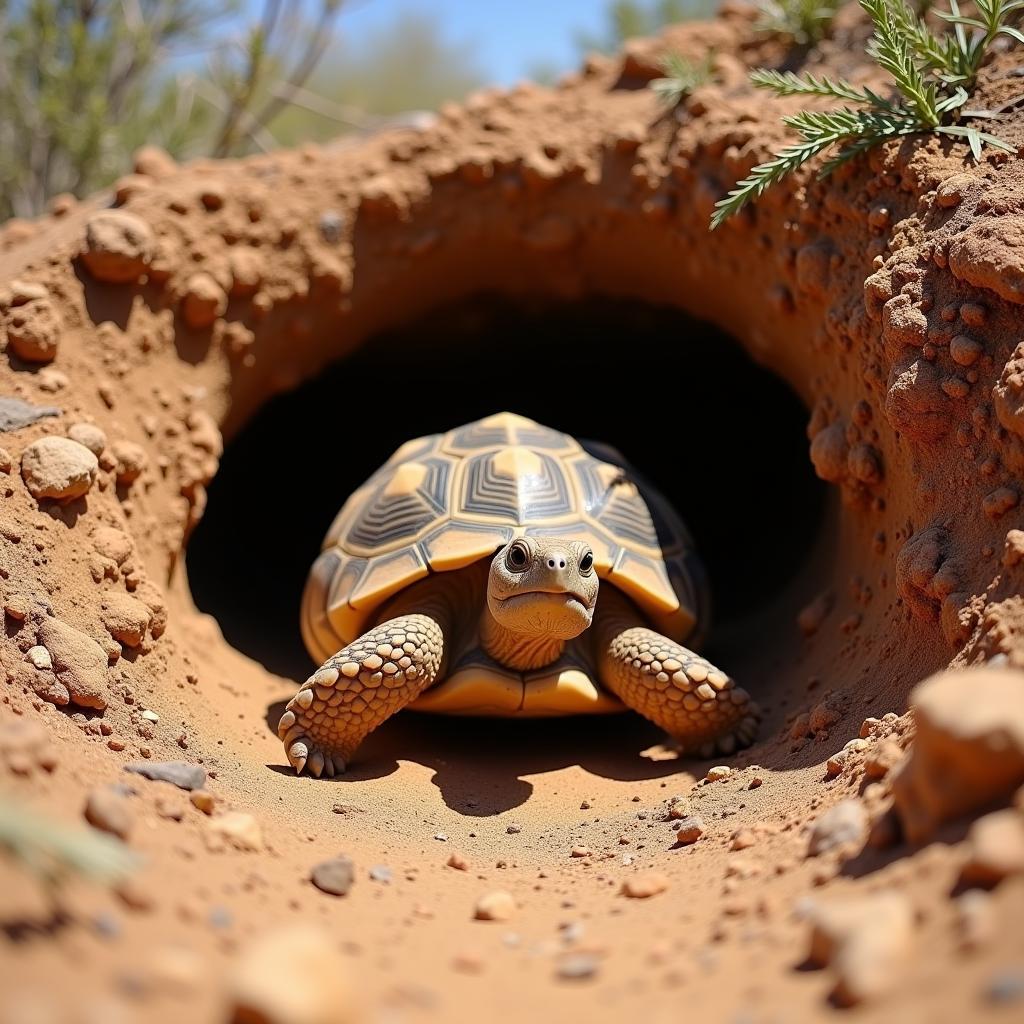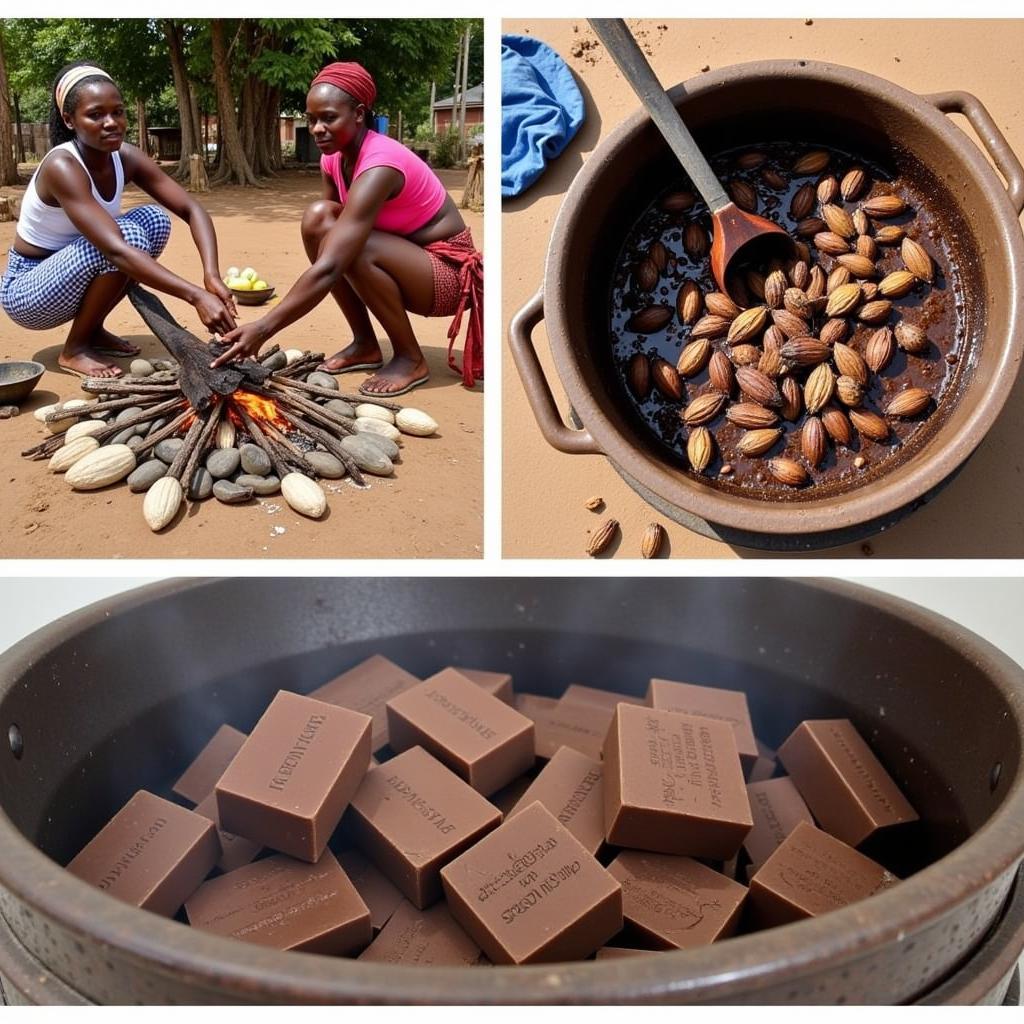The Enigmatic African Desert Tortoise: A Survivor’s Story
The African Desert Tortoise, a resilient reptile dwelling in the harsh landscapes of sub-Saharan Africa, captivates with its unique adaptations and survival strategies. From its sturdy shell to its water conservation techniques, this tortoise embodies the spirit of endurance in one of the world’s most challenging environments. Learn more about this fascinating creature.
Unveiling the Secrets of the African Desert Tortoise
The African desert tortoise, also known as Stigmochelys pardalis, is one of the largest tortoise species in the world. These magnificent creatures can reach lengths of up to 30 inches and weigh over 100 pounds, showcasing their impressive size. Their domed, highly patterned shells provide protection against predators and the harsh desert climate. They primarily inhabit the arid and semi-arid regions of southern and eastern Africa, ranging from South Africa to Sudan.
These tortoises are primarily herbivorous, feeding on a variety of grasses, succulents, and other vegetation. You can find out more about their specific dietary needs from the african desert tortoise diet. Their ability to obtain moisture from their food helps them survive in arid conditions where water is scarce. They are also known to dig burrows to escape the extreme heat and cold of the desert, highlighting their resourcefulness.
Habitat and Adaptations: Thriving in Harsh Environments
The African desert tortoise has evolved a remarkable set of adaptations that enable it to thrive in the challenging desert environment. Their thick shells offer protection not only from predators but also from extreme temperatures. Furthermore, their strong legs and claws allow them to dig deep burrows, providing shelter from both scorching heat and frigid desert nights.
 African Desert Tortoise Burrow in Desert Habitat
African Desert Tortoise Burrow in Desert Habitat
These tortoises also have the remarkable ability to store water in their bladders for extended periods, a crucial adaptation for survival in arid climates. They can even reabsorb water from their urine, further maximizing their water conservation abilities. These physiological adaptations are essential for their survival in the harsh African deserts.
Conservation Status and Threats to the African Desert Tortoise
While the African desert tortoise is currently not considered endangered, it faces several threats that could impact its future populations. Habitat loss due to human encroachment and agricultural expansion is a major concern. Additionally, the illegal pet trade poses a significant risk to wild populations. For those interested in legally acquiring an African desert tortoise, it’s crucial to research reputable breeders and follow all regulations. You can explore options and gain more information through resources like african desert tortoise for sale.
What are the main threats to the African desert tortoise?
Habitat loss and the illegal pet trade are the primary threats facing this species.
How can we help protect African desert tortoises?
Supporting conservation efforts and reporting illegal wildlife trade can contribute to the protection of these animals.
The African Desert Tortoise: A Symbol of Resilience
The African desert tortoise embodies the resilience of life in the face of adversity. Its remarkable adaptations and survival strategies provide valuable insights into the complex interplay between organisms and their environment. By understanding and appreciating this unique creature, we can further our commitment to preserving the biodiversity of our planet. Learn more about other fascinating African reptiles within the larger african amphibian and reptile family. You can also explore the captivating wildlife of the African deserts through documentaries like african desert wild life survival documentary youtube.
Conclusion: A Testament to Survival
The African desert tortoise, with its remarkable adaptations and enduring presence in the harsh landscapes of Africa, stands as a symbol of resilience. By understanding the challenges they face, we can better appreciate their unique place in the ecosystem and work towards ensuring their continued survival. Remember, you can also delve deeper into the world of African wildlife by exploring resources on african animal mounts for sale.
FAQ
-
What is the lifespan of an African desert tortoise? They can live for 50-80 years or even longer.
-
What is their primary food source? African desert tortoises are herbivores, feeding mainly on grasses and succulents.
-
How do they cope with the desert heat? They dig burrows to escape extreme temperatures and can store water for extended periods.
-
Are they endangered? While not currently endangered, they face threats from habitat loss and the illegal pet trade.
-
How big do they get? They can grow up to 30 inches long and weigh over 100 pounds.
-
How can I help protect them? Supporting conservation efforts and reporting illegal wildlife trade are crucial.
-
Where do they live? They inhabit the arid and semi-arid regions of southern and eastern Africa.
Need More Information?
- What are some common diseases that affect African desert tortoises?
- What are the legal requirements for owning an African desert tortoise in my country?
- How can I create a suitable enclosure for an African desert tortoise?
When you need support, please contact us at Phone: +255768904061, Email: kaka.mag@gmail.com or visit our address: Mbarali DC Mawindi, Kangaga, Tanzania. We have a 24/7 customer service team.




